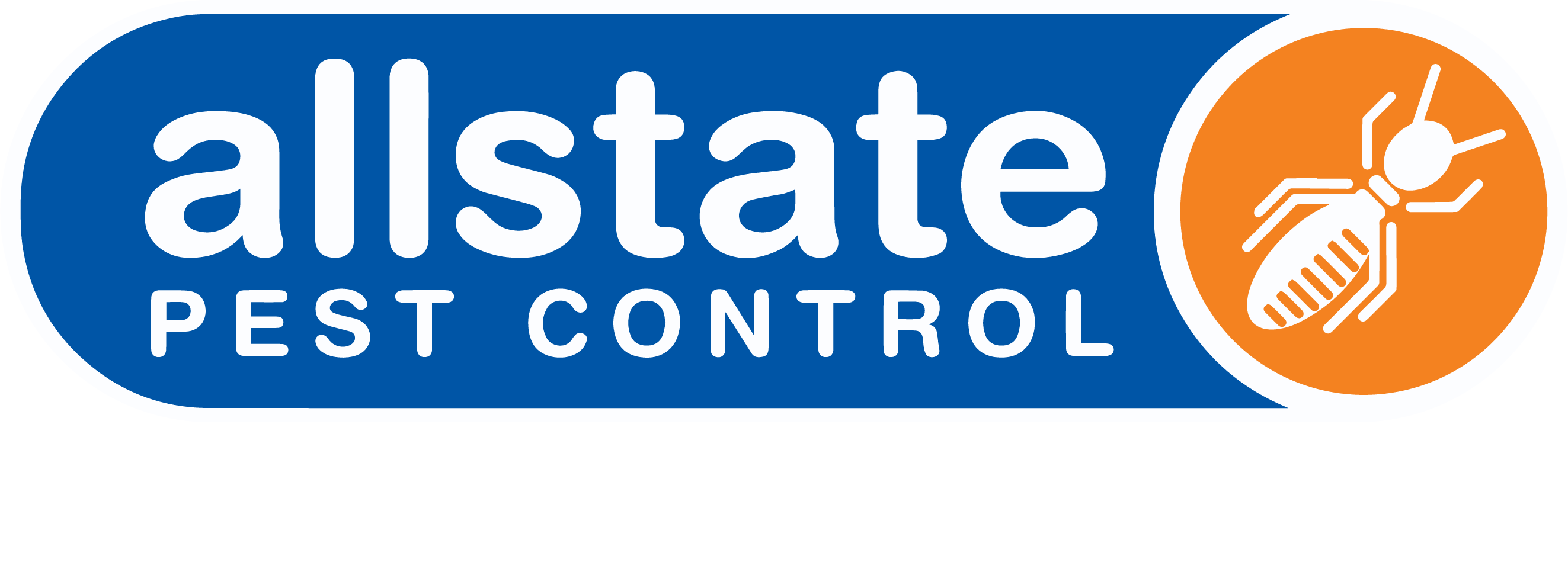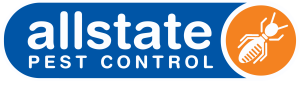by SerumTD-019 | Aug 30, 2022
Carryover: Carryover is the transfer of a substance from one environment to another. Carryover can occur when pesticides are applied to crops and then carried into waterways by runoff. It can also happen when chemicals used in dry cleaning are released into the air and then settle on surfaces in homes or workplaces.
by SerumTD-019 | Aug 30, 2022
Caterpillar: A caterpillar is the larval stage of a butterfly or moth. They are often brightly coloured and have a cylindrical body with six legs. Some caterpillars are covered in spines or hairs, which can be poisonous if ingested.
by SerumTD-019 | Aug 30, 2022
Catfacing: Catfacing is a type of damage that can occur to fruits and vegetables. It is caused by insects that pierce the skin of the fruit or vegetable, causing it to become deformed.
by SerumTD-019 | Aug 30, 2022
Catkin: A catkin is a type of flower that does not have petals. Instead, they have long, thin sepals that protect the reproductive parts of the flower. Catkins are often found on willow trees and birch trees.
by SerumTD-019 | Aug 30, 2022
Cauda: The cauda is the tail of a vertebrate animal. It is used for balance and movement, and may also contain sensory organs or be used to store fat reserves. In some animals, the cauda is also used as a weapon, such as in scorpions and certain lizards.



